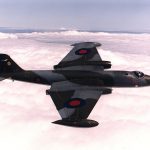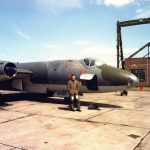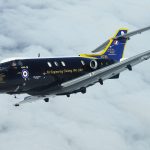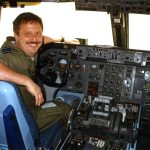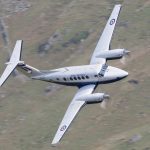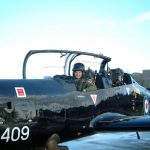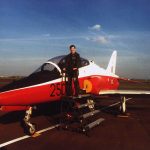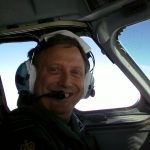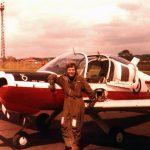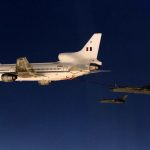It is widely considered that the existing “Take-off Checks” in the SOPs and QRH are in need of revision. Importantly, this section is not really a checklist, it is a procedure that needs to be carried out once you have been cleared to enter the runway. Some of the existing Take-off checks are “old-think”, carried over from Seneca II operations, and unnecessary in the Seneca V. Moreover, following single-pilot philosophy, because this procedure is carried out whilst the aircraft is in motion, it must be undertaken from memory and without reference to the QRH. Therefore, it should be as easy as possible to remember and action, and the sequence of events needs to be logical and understandable. The following are my thoughts on how this can be best achieved, indeed, several of the FIs already teach this method.
The “Ready for Departure” RT call should be made on COM 1 once both radios have been checked (transmit and receive). Take-off should be made with the MFD displaying the ENGINE page to allow the Ts & Ps to be monitored during the take-off and initial climb.
WHEN ENTERING THE RUNWAY
STROBE SWITCH ….. ON By convention, these should be switched on when entering the active runway and off when leaving the active runway.
WHEN TAKE-OFF CLEARENCE IS RECEIVED
LANDING LIGHTS SWITCH ….. ON Switch on the landing lights when take-off clearance is received – use this switch setting as an aid-memoir to remind you that you have been cleared for take-off. Landing lights must be selected ON in low light conditions, or may be selected to PULSE during the day if you wish to be slightly more conspicuous.
LINED UP On Runway
VENT FAN ….. OFF This is not a mandatory check – the manufacturer places no restriction to the use of the vent fan (described in the POH page 7.76). That said, use of the fan is unnecessary in the air because ram air will pressurise the overhead louvres.
TRANSPONDER …… ON This action may be ignored. It is not necessary to make any transponder selection since the weight-on-wheels switch will automatically select the ALT setting when the aircraft becomes airborne. If these switches fail, then the G1000 logic will produce multiple warnings which will be far more attention catching than the transponder not providing an altitude. Moreover, ATC will routinely check your altitude squawk after take-off when you check-in with radar and give your “passing altitude”.
THROTTLES ….. 2000 RPM When lined up and cleared for take-off, apply toe brakes and advance the throttles to 2000 RPM.
FUEL PUMPS …… ON Under some conditions, the engines will idle at too low an RPM with the throttles closed and the electric fuel pumps selected “ON” when on the ground. Therefore, to prevent the engines from stopping under those conditions, always select the fuel pumps to “ON” after the aircraft is lined-up for take-off and 2000 RPM has been set.
PITOT / STALL WARNING HEAT SWITCH …… ON Operation of this system on the ground is limited to 3 minutes maximum. Therefore this selection should be made only moments prior to starting the take-off run and not when entering the runway to begin a backtrack.
STOPWATCH …… START Starting the stopwatch is unnecessary. This action is associated with the previous action in order to help you exceeding the 3-minute limitation on the use of the pitot and stall warning heaters when on the ground. However, by selecting the Pitot/Stall Warning switch to ON only moments before starting the take-off run, you are very unlikely to exceed the 3-minute limitation, so starting the stopwatch is unnecessary.
ALTERNATOR ….. ON CHECK The alternators should already be ON, Check alternator loads are < 85 amps each side.
MP/FUEL FLOW ….. CHECK Check that the manifold pressures and fuel flows are balanced.
CAS MESSAGES ….. CHECK Check for any CAS messages. Do not take-off if any are displayed.
STOPWATCH …. START This action is unnecessary because the internal G1000 timers will start automatically on take-off and be always be available on the AUX page if required. This leaves the stopwatch function available for use as required during the flight.
START TAKE-OFF RUN
THROTTLES ….. FULL POWER Release the brakes and then smoothly advance the throttles to 38″ MAP maximum, check for any over boost and trim throttles back slightly if necessary.

